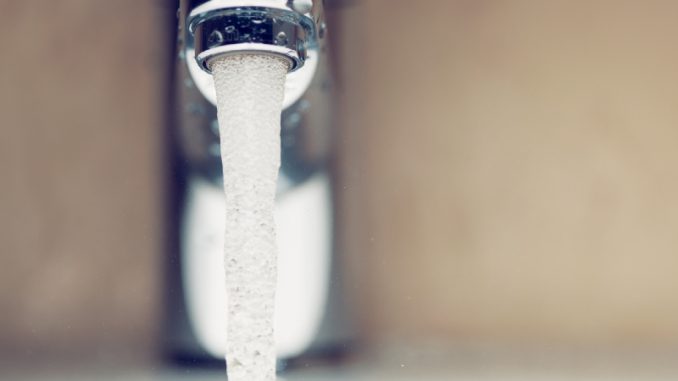
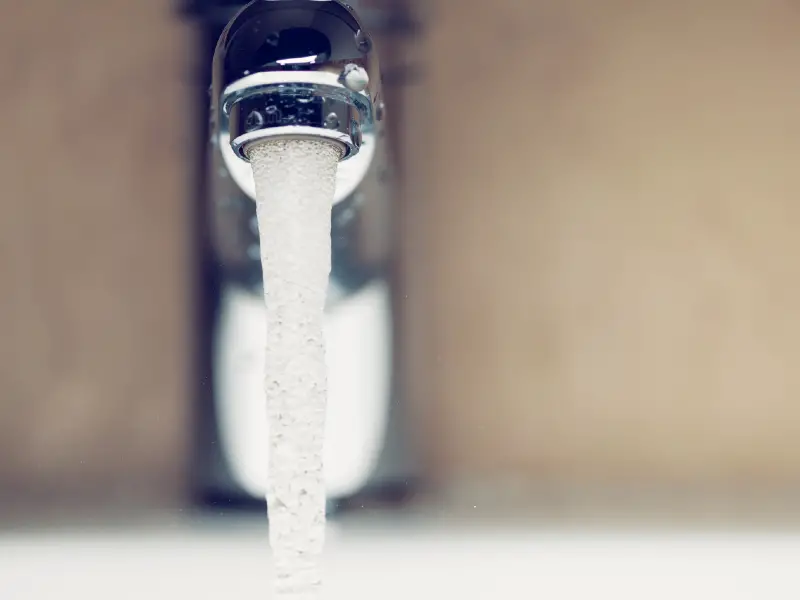 The tap water that we drink today in western countries usually contains chlorine. This is a good thing since it makes our drinking water safer. There are many harmful contaminants and bacteria in our water that are harmful to humans. The addition of chlorine and chloramine to our drinking water is generally regarded as safe.
The tap water that we drink today in western countries usually contains chlorine. This is a good thing since it makes our drinking water safer. There are many harmful contaminants and bacteria in our water that are harmful to humans. The addition of chlorine and chloramine to our drinking water is generally regarded as safe.
For fish owners (and for fish!), the downside is that the same processes that purify our water can be deadly to the fish in your home aquarium. Chlorine and other purifying chemicals such as chloramine are toxic for fish.
It is essential that you maintain the purity and temperature of your aquarium’s water. You will need to regularly monitor the salinity and PH levels of your fish tank. As such, you will have to remove all traces of chlorine from the water. In the following article, we will list several ways to easily rid your tap water of chlorine.
Note: The process of adding chlorine is called chlorination. In order to use tap water, you will need to dechlorinate your water to make it safe for your fish.
Chemical Options
What about the chemical options on the market? Although some of the more popular chemical options are very effective at ridding water of chlorine, some of them are themselves problematic for your fish. That is, they contain chemicals that can also be harmful to them.
Some experts recommend the use of a dechlorinator which they maintain is a harmless chemical that effectively kills chlorine. Others maintain that even these chemicals are not really good for fish, and they suggest some of the other options as an alternative.
It’s only logical that if you are trying to rid your water of chemicals that could be deadly to your fish, that you wouldn’t want to add MORE chemicals which (although effective at ridding the water of chlorine ) may themselves be harmful or even toxic to your fish. That is the major downside to the chemical options.
In our option, this makes the non-chemical options a no-brainer. Perhaps for extremely large tanks, the safer ones might be a viable option, but for your personal home aquarium why not go with the other options?
Chloramine
Today many water plants are also using chloramine either instead of or in addition to using chlorine. Chloramine is said to last longer than chlorine, and it has become a common chemical additive today. Some of the natural remedies suggested below are ineffective at getting rid of chloramine. Speak to the proper authorities at the water plant in your region to find out whether chlorine is the only chemical added to your regional water. Some of these options are only effective at removing chlorine.
Natural Air Purification
There are three easy natural steps to take to get rid of the chlorine in the water. This effective method is only useful to rid chlorine from water:
- First, you will need to collect the water that you want to purify in an open container.
- Let the water sit in the open container for 24 hours. (Some experts maintain that you should wait 48 hours.) This will remove the chlorine in a process known as “aging the water”. The chlorine escapes.
- Following this process, the water is ready and safe to add to the tank. You will still need to ensure that the temperature is safe and that salinity and PH levels are appropriate. This process is effective against chloramine.
The Boiling Option
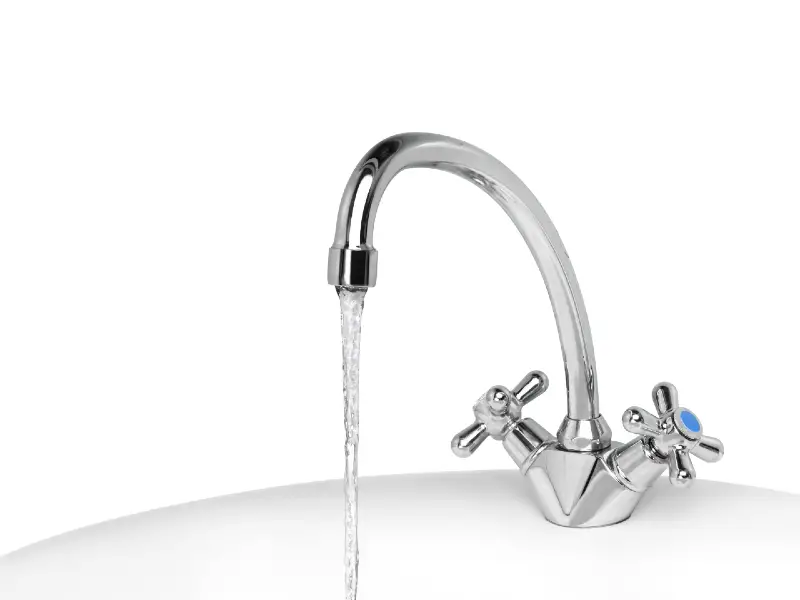
This is a simple one. Another easy way to purify the water is to boil it. 20-25 minutes should be more than enough to rid the water of the chlorine. Just remember to let the water cool before adding it to the tank. Unless you want fish soup, be careful when using the boiling option. This is another ridiculously easy and free option for dechlorinating the water safely
The Ultraviolet Option
Ultraviolet rays have an advantage in that they not only kill the chlorine but if there is chloramine in the water, it will kill that as well. Allowing the uncovered water to just sit in your garage will not do anything to remove traces of chloramine.
Ultraviolet lights are not very expensive. Many fish tanks will already have them, and if they are powerful enough they will sterilize the water of all chlorine and chloramine
Some people suggest that you can also use the sun’s UV rays rather than UV light. In this method, you would leave the water outside for approximately 24 hours of direct sun exposure.
The downside of exposing your open water to the sunlight is that there may be other contaminants in the air (or in the case of birds flying over, in the sky!) that can pollute the water while you leave it outside to be sterilized by the sun. Additionally, it will take more than one day to get the requisite amount of sunlight that you can be assured will sterilize it properly. This may only truly be ideal during the summer or if you live in the kind of desert environment where strong sun exposure is available every day.
Vitamin C
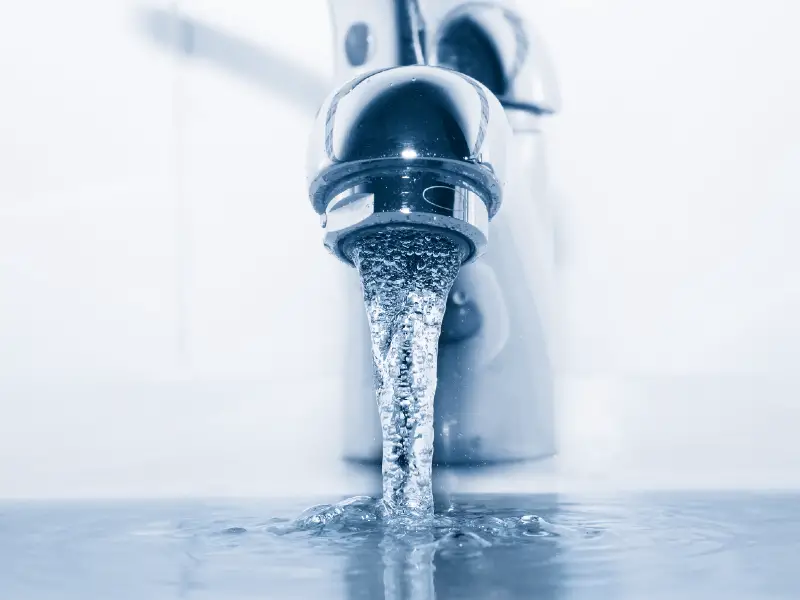
We all know that Vitamin C is good for the common cold, the flu, and a host of other things that plague us humans. But who knew that it was also good for your fish? It’s good for killing chlorine and chloramine in your water. It’s very simple! Using a ratio of one teaspoon of Vitamin C using ascorbic acid for every gallon that you will be pouring into the tank, you have another simple option to use. It is a very effective and easy method to rid water of chlorine and chloramine. Using Vitamin C might affect the PH levels of the water, so speak to a professional at your pet shop if you have any questions.
Bottled Water
Bottled drinking water from a reputable water brand might be a simple option. Depending on the size of your tank, it might require many bottles. Bottled water is safe for human consumption and free of contaminants that are harmful to your fish. If you already have a water company deliver large supplies of water to your house this might be the easiest option.
Carbon Filter
Another option is to use a simple carbon filter. A carbon filter uses the process of reverse osmosis to rid the water of chlorine, chloramine, and a host of other contaminants. Some fish tanks will already have a carbon filter. A carbon filter can be more expensive than some of the options but it is very effective.
Stay Away From Chemicals
As we noted above, there are many options that are very effective that don’t rely on the use of chemicals, which present their own problems for fish. We do not recommend the use of chemicals as a viable option. If you choose to use chemicals in the form of a reliable dechlorinator speak with a professional to see what they recommend.
Summary
We hope we have provided you with several of the more effective and easy ways to dechlorinate your tap water for fish. The advantages of all non-chemical options are simple. They don’t add additional chemicals to the water.
Some of these options have the added advantage of sterilizing the water of chloramine and other harmful contaminants. Some are entirely free, others may require additional expenses. But they are all highly effective and you should consider all of them.

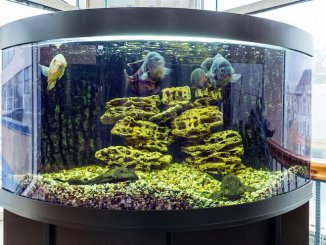
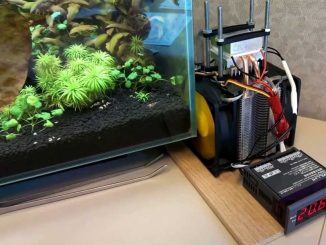
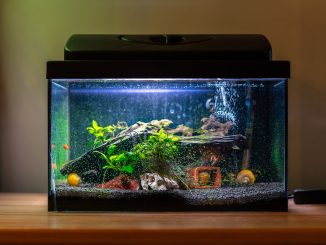
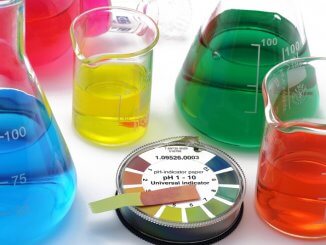
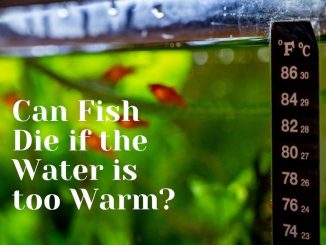
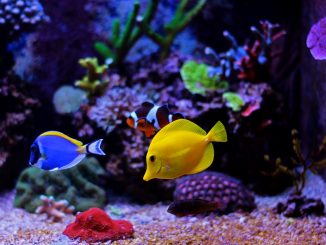
Be the first to comment